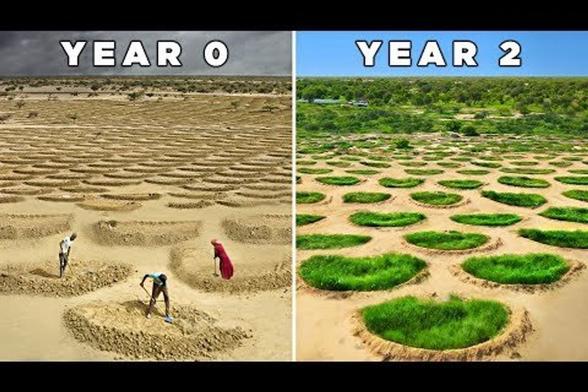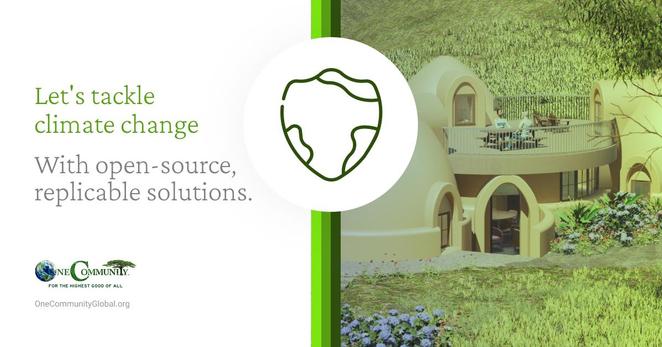Hydropower and its impact on Global Warming: A Detailed Analysis
advantages and disadvantages of ecotourism
Global Warming is a Pressing Issue That Has Been The Center of Attention for Scientists, Policymakers, and The General Public In Recent Years. As We Search for Sustainable and Clean Energy Sources, Hydropower Has Emerged As A Potential Solution. In this article, We Will Delve into the Relationship Between Hydropower and Global Warming, Examination ITS Benefits, Drawbacks, and Overall Impact on the Environment.
The Basics of Hydropower
Hydropower is the Generation of Electricity Through Harnessing the Power of Moving Water. It is considered renewable energy source since it relies on the natural Water Cycle, which is driven by the Sun’s Energy. The Process Involves The Construction of Dams, Which Create Reservoirs To Store Water. When Relay, The Stored Water Flows Through Turbines, Generating Electricity Through Mechanical Energy Conversion.
The Benefits of Hydropower
Hydropower Offers Numberus Benefits, Contributioning to its Popularity As An Alternative Energy Source:
- clean and renewable: by using the power of water, hydropower produces minimal greenhouse gas emissions, Making it a clean energy source. As long as the precision, Such as rainfall, rivers, and streams, hydropower can be continuous generated, Making it a reliable and renewable form of energy.
- reliable and efficient: Hydropower plants have High Energy Conversion Efficient, Meaning A Large Percentage of the potential Energy had in the Water Can Be Transformed into Electricity. Additionionally, before plas Provide to consisting and reliable Power Supply, unlike submo oher renewable energy sources which relly on weather conditions.
- flood control and water management: .
- enhanced Wildlife Habitats:
Challenges and drawbacks
Although Hydropower offers significant benefits, It also presents challenges and drawbacks that Should Be Taken into Consideration:
- Environmental Impacts: The Construction of Dams Can have significant impacts on the local Environment. It Alters River Ecosystems, Disrupts Fish Migration Patterns, and Can Cause The Loss of Habitats for Certain Species. ADDITIONALLY, LARGE-SCALAL DAMS CAN LEAD TO THE DISPLACEMENT OF COMMUNITIES AND THE DESTRUCTION OF CULTURAL HERITAGE SITES.
- methane emissions: While Hydropower Is consider Clean Energy Source, it is not enirely without emissions. The Creation of Reervoirs Can Result in the Accumulation of Organic Matter, Leading to the Release of Methane – A Power Greenhouse Gas – During the Decomposition Process.
- High initial Costs and Limited Locations: Building Hydropower Infrastructure Requirements Significant Upfront Investment, Making It Lessible In Submit Regions with Limited Financial Resources. Furthermore, suitable locations for large-scale hydropower plants are limited, as they require Suficient Water Supply and Topography.
- social and cultural impacts: reservoir creation and Dam Construction can cause the displacement of communities, disruption of traditional Livelihoods, and loss of cultural heritage sites. Social and Cultural Impacts Should Be Carefully Evaluated and Addressed During the Planning and Implementation Phases.
Hydropower and Global Warming
Now, Let’s Explore The Impact of Hydropower On Global Warming:
on One Hand, Hydropower is Considered Cleaner Energy Source Compared to Fossil Fuels Such As Coal and Natural Gas. IT DOES NOT produces Direct Greenhouse Gas emissions during operation, contribution to the reduction of carbon dioxide and other pollutants that contributes to Global Warming. By Replace Fossil Fuel-Based Electricity Generation, Hydropower Can Play A Crucial Role In Red Racing Greenhouse Gas Emissions and Mitigating The Effects of Climate Change.
However, it is important to the indirect envoconmental impacts of hydropower on Global Warming. As mentioned Earlier, The Creation of Reervoirs for Hydropower Can Result in the Release of Methane Due to the Decomposition of Organic Matter. Methane is a potent Greenhouse Gas, with to Warming Potential Many Times Greater Than Carbon Dioxide Over a Shorter Time Span. The Extent of these methane emissions varies depending on factors Such as the age of the reervoir, The Amount of Organic Matter Deposited, and The Climate Conditions.
ADDITIONALLY, THE CONSTRUCTION AND OPERATION OF HYDROPOWER PLANTS INVOLVE SIGNANTING ENERGY EXPENDITURE, PRIMARILY DURING THE MANUFACTURING OF THE NEEDED INSTRUCTURE, SUCH AS TURBINES AND TRANSMISSION LINES. The Carbon Issuesions Associated with the Construction Process and the Transportation of Materials Need To Be Considered in The Overall Carbon Footprint of Hydropower.
CONCLUSION
Hydropower Is Undoubtedly to Valuable Renewable Energy Source That has the potential to contribute to the reduction of Greenhouse gas emissions and combat Global Warming. ITS Clean and Renewable Nature, Along With ITS Reliability and Water Management Advantages, Makes It An Attractive Option. However, The Environmental and Social Impacts Associated with Dam Construction, as well as the indirect methane emissions from Reserveires, must be careful evaluation and mitigated.
We continue to explore Alternative Energy Sources, We Must Strike A Balance Between Harnessing the Benefits of Hydropower and Minimizing ITS Potential Drawbacks. By adopting substantable practices and incorporating technological advancements, we can must that Hydropower Remains a Viable and Environmentally Friendly Solution in the Fight Against Global Warming.
reduce pollution ggplot
Gringud.com: Your resource for understanding the link between climate change and water scarcity, promoting water conservation for a sustainable future. ?? #WaterConservation #ClimateResilience
#ClimateResilience #WaterConservation





